Recognising the scale and complexity of this project as unprecedented in Vietnam, the Government has directed relevant ministries, provincial authorities, and specialised agencies to urgently establish the necessary legal and procedural groundwork.

The Government on April 23 issued Resolution No. 106/NQ-CP that details the roadmap for implementing the North – South high-speed railway project, requesting all necessary conditions be completed to commence construction no later than December 31, 2026.
Spanning approximately 1,541 kilometres, the proposed rail line will have speeds of up to 350 kilometres per hour. Designed with a load capacity of 22.5 tonnes per axle, the project will comprise 23 passenger stations and five freight depots. Importantly, the infrastructure and equipment are intended to be dual-use, capable of supporting both civilian and national defence logistics, including cargo transport when required.
Recognising the scale and complexity of this project as unprecedented in Vietnam, the Government has directed relevant ministries, provincial authorities, and specialised agencies to urgently establish the necessary legal and procedural groundwork.
This includes the drafting of detailed regulations governing technical surveys, the adoption of Front-End Engineering Design (FEED) standards in place of conventional preliminary designs, and the overall cost management framework for projects using the FEED methodology. The regulations will also define the responsibilities and obligations of all stakeholders involved in Engineering, Procurement and Construction (EPC) contracts, including investors, contractors, and consultants.
Further legislative work will establish criteria for selecting eligible State-owned enterprises or Vietnamese firms to supply industrial goods and services essential to the railway sector. Additionally, the Government will issue guidelines to support scientific research, technological innovation, and the transfer of advanced rail technologies. Environmental and land-use considerations are also being addressed.
Complementary to these efforts, the Prime Minister will issue a formal decision outlining the specific types of industrial goods and services to be prioritised for procurement through Vietnamese enterprises.
In parallel, relevant parties are tasked with building a national plan for railway industry development through 2035, with a vision toward 2045 to submit to the PM for approval. This plan should assess the current state of the sector, establish clear objectives, and lay out detailed implementation measures across critical domains, including civil construction, equipment manufacturing, specialised materials production, electrical systems, signalling infrastructure, and the supporting industry.
Recognising that human capital is essential to the success of such an ambitious project, building a comprehensive workforce training and development plan is also among the tasks. Training needs across the project’s lifecycle, from design and construction to management, operation, and long-term maintenance will be identified. It will address demand of both public and private sectors, including government bodies, project management units, contractors, and operating entities, among others.
In addition, the specialised project management board will be reorganised to better oversee the railway’s execution.
Under the resolution, the Ministry of Construction has been designated the lead agency responsible for coordinating the implementation of the project.
The resolution sets a strict timeline, asking for consulting firms for making surveys and a detailed feasibility study to be selected so as to submit the study to the PM by August 2026. Later, the State Appraisal Council will assess the study and submit it to the PM for approval by September 2026.
Key infrastructure-related tasks such as site clearance, compensation, resettlement, and the relocation of affected power lines are expected to be largely completed by December 2026. These efforts will be made by localities and Vietnam Electricity (EVN), ensuring that contractors can be given cleared sites on schedule.
Contractor selection, contract finalisation, and other necessary steps must be completed on time to enable the official ground-breaking before December 31, 2026.
Meanwhile, construction, equipment procurement, and installation must also be carried out on schedule so that the project is put into operation in 2035 as targeted by the National Assembly./.
VNA








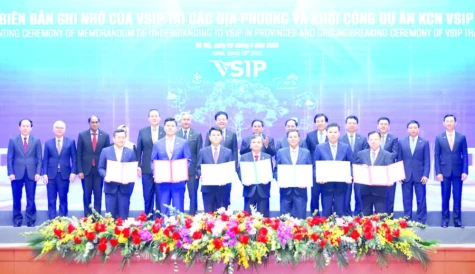
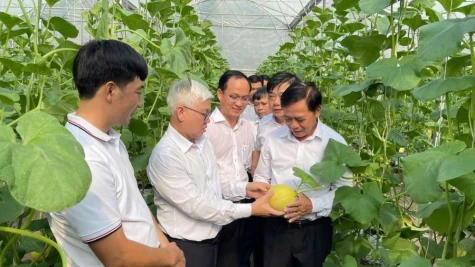

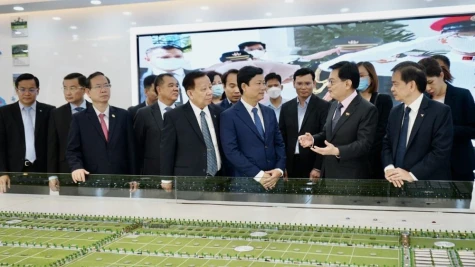
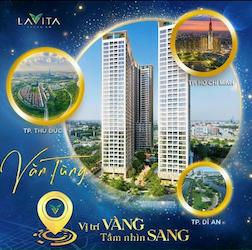
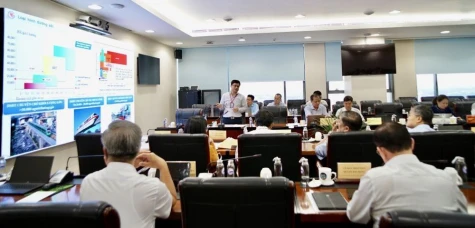

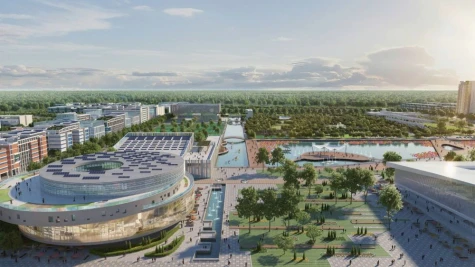
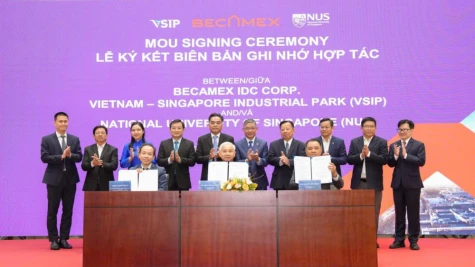


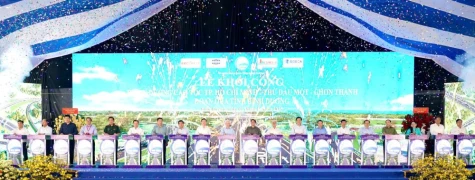
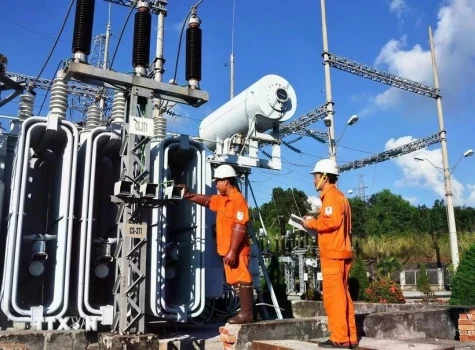
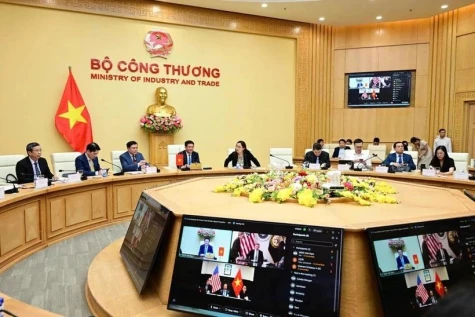
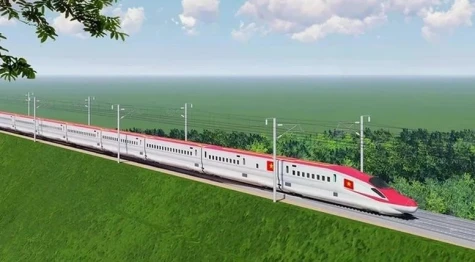
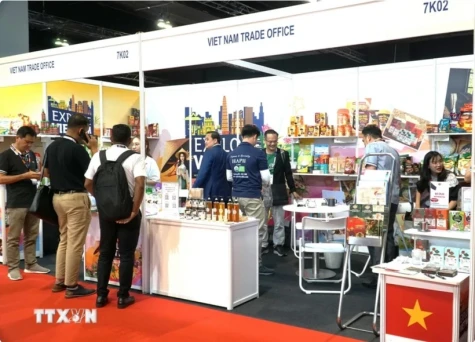



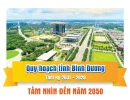

Xem thêm bình luận